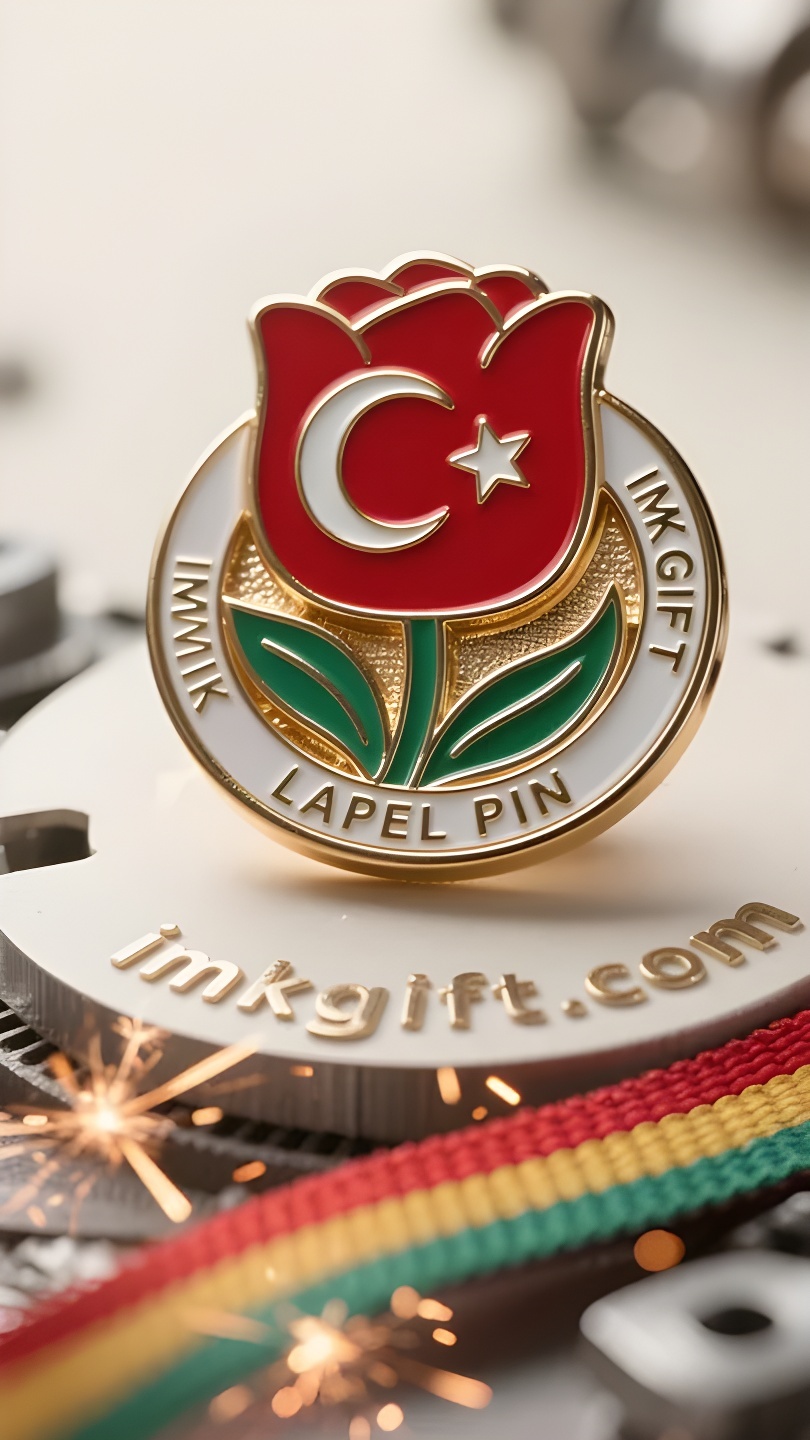in985-Hilal-Ayın-Altında-Laleler-Asla-Solmaz
▼
Nisan ayında Türkiye toprakları lalelerle ve ay-yıldızlı bayrakla doluyor. İstanbul’un İstiklal Caddesi’nde bahar rüzgarları eserken, kanımızda kök salmış medeniyet kodları, ulusal bayrağın kızıl fonu ile lale ambleminin kıvrımı arasında uyanıyor. Kan kırmızısı Türk bayrağı, ecdadımızın canı pahasına savunduğu onuru taşımaktadır. Hilal ve yıldızlar sadece gecenin gökyüzünün ışığı değil, aynı zamanda yedi yüzyıldır süregelen bir vaattir: Bu toprağın özgürlüğünü ve bağımsızlığını korumak. 23 Nisan Ulusal Egemenlik ve Çocuk Bayramı’nda gençler milli bayrağı yükseklere taşıdıklarında, sadece ipeği değil, milli ruhun sönmeyen ateşini de taşıyorlar. Lale ambleminin on altı yaprağı bir zamanlar Osmanlı İmparatorluğu’nun armasında mükemmel bir yeniden doğuşu simgeliyordu. Her bir zarif kemer, “Allah’ın şanı kat kat çiçek açıyor” şeklindeki Kuran’dan bir metaforu içeriyor ve artık Türklerin zorlukları aşması için manevi bir totem haline gelmiş durumda. İznik mavisi çinilerdeki laleler, depremler ve savaşlar yaşamış bu toprakların insanları gibi, altı asırdır hâlâ canlılığını koruyor. Lale Festivali’nde çocuklar çelenk örerken, eski ustalar çömleklere hilal desenleri çizerken, gelenekle modernliğin çarpışması inanılmaz bir canlılık yaratıyor. Ay yıldızlı bayrağın dalgalandığı her yerde lalenin kökleri her zaman toprağa derinlemesine bağlıdır. Türkiye’ye ait ezeli bir masaldır bu: Medeniyetin genleri korunduğu sürece, her çetin kıştan sonra, bahardan daha parlak bir şekilde çiçek açabilir.
In April, the land of Turkey is filled with tulips and the crescent-star flag. When the spring breeze blows across Istanbul’s Independence Avenue, the civilization codes deeply rooted in the blood are awakening between the scarlet background of the national flag and the curve of the tulip emblem. The blood-red Turkish flag carries the dignity that our ancestors defended with their lives. The crescent moon and stars are not only the brilliance of the night sky, but also a commitment spanning seven centuries – to protect the freedom and independence of this land. When young people hold high the national flag on April 23, the National Sovereignty and Children’s Day, they are not just holding up silk, but the eternal fire of the national soul. The sixteen petals of the tulip emblem once symbolized the perfect cycle in the coat of arms of the Ottoman Empire. Each elegant arc implies the metaphor of “the glory of God blooming layer by layer” in the Quran, and now it has become a spiritual totem for the Turks to break through difficulties. The tulips on the Iznik blue pottery are still fresh after six centuries, just like the people of this land, who can still be reborn from the fertile soil of civilization even after experiencing earthquakes and wars. When children weave wreaths at the Tulip Festival and old craftsmen draw crescent patterns on pottery, the collision of tradition and modernity bursts out amazing vitality. Where the crescent-star flag flutters, the roots of tulips are always deeply rooted in the earth. This is an eternal fable belonging to Turkey: as long as the genes of civilization are protected, after any severe winter, they can bloom with more splendid brilliance than spring.
四月的土耳其大地,郁金香花海与星月国旗交相辉映。当春风吹过伊斯坦布尔的独立大街,那些深植于血脉的文明密码,正在国旗的猩红底色与郁金香徽章的曲线间苏醒。
鲜红如血的土耳其国旗,承载着先辈用生命捍卫的尊严。新月与星不仅是夜空的光辉,更是跨越七个世纪的承诺——守护这片土地的自由与独立。当青年们在4月23日国家主权和儿童节高举国旗时,他们托起的不只是绸缎,而是民族灵魂永不熄灭的火种。
而郁金香徽章的十六片花瓣,在奥斯曼帝国的纹章中曾象征着完美的轮回。每道优雅的弧线都暗含《古兰经》”真主的光辉层层绽放”的隐喻,如今更成为土耳其人突破困境的精神图腾。伊兹尼克蓝陶上的郁金香跨越六个世纪依然鲜活,正如这片土地上的人们,即便经历地震与战火,依然能从文明的沃土中重获新生。
当孩子们在郁金香节编织花环,老匠人在陶器上勾勒新月纹样,传统与现代的碰撞迸发出惊人的生命力。星月旗飘扬处,郁金香的根系始终深扎大地,这是属于土耳其的永恒寓言:只要守护文明的基因,任何严冬过后,都能绽放出比春天更绚烂的光华。
▼
Contact Us
📞 Tel: +0086-760-85286839
📧 Email: sales3@imkgift.com








